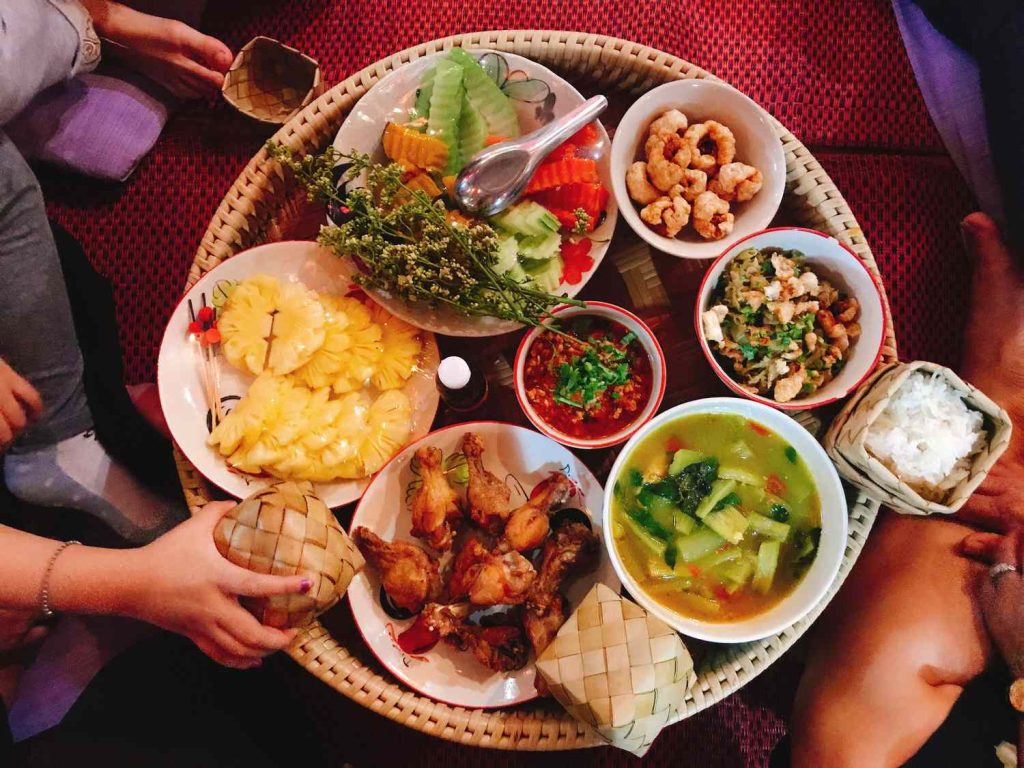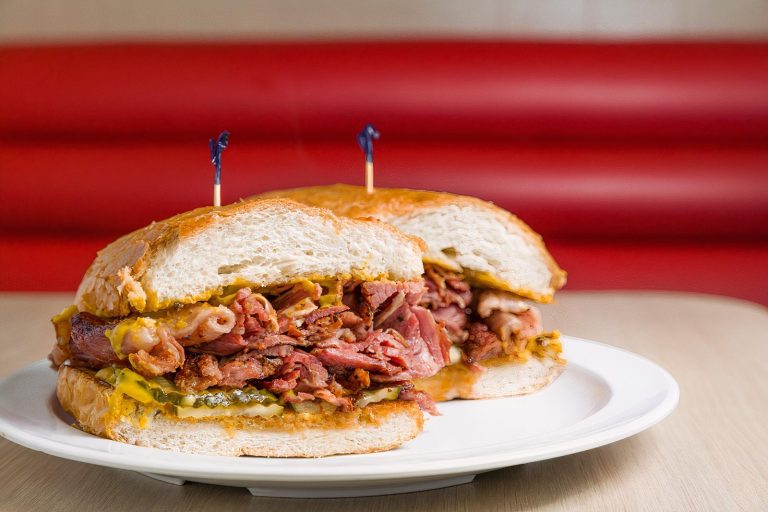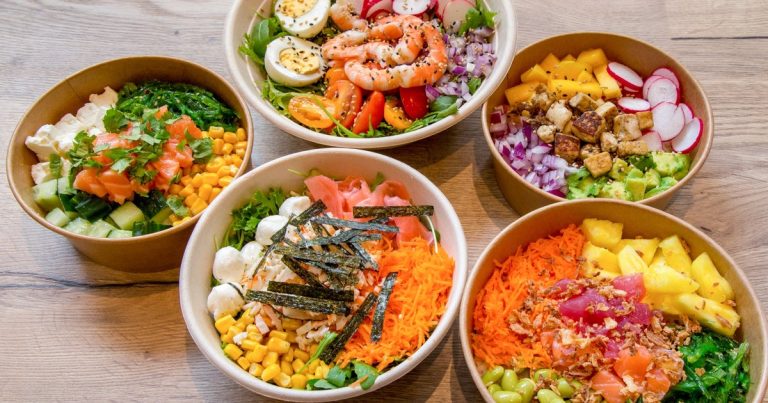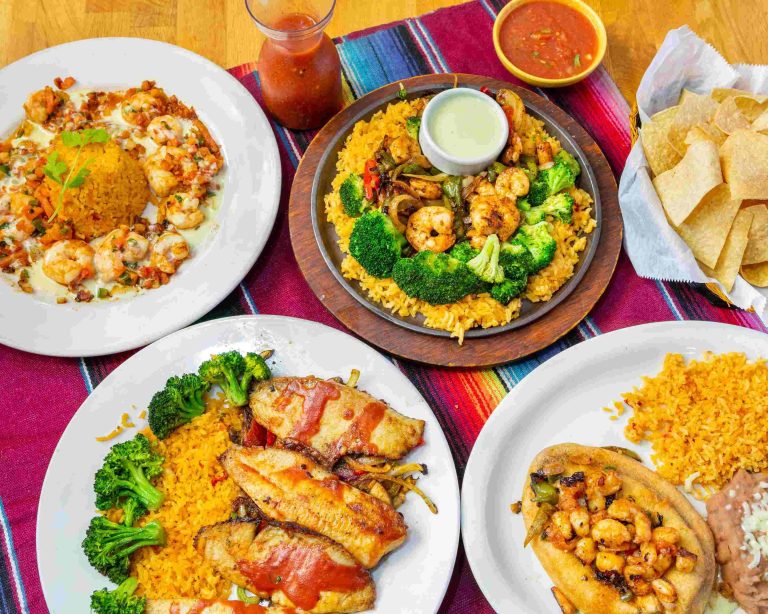Thai lunch Menu with price 2024 (updated today)
A Thai lunch menu is more than just a meal; it’s a vibrant journey through the rich tapestry of Thailand’s culinary heritage. Renowned for its intricate balance of flavors, textures, and colors, a Thai lunch offers a unique experience that’s both satisfying and invigorating. From the tantalizing aroma of fresh herbs to the mouthwatering harmony of sweet, sour, spicy, and salty notes, a Thai lunch menu is an extraordinary culinary affair. Let’s dive into what makes a Thai lunch menu special, including price points, special items, nutrition, allergens, and serving styles.
What is Thai Lunch Menu?
A Thai lunch menu stands out due to its diverse range of dishes that cater to various tastes and dietary preferences. The essence of Thai cuisine lies in its vibrant flavors and health-conscious ingredients. Whether you’re a fan of spicy food or prefer milder tastes, a Thai lunch menu offers something for everyone. The use of fresh herbs like cilantro, basil, and mint, combined with ingredients such as lemongrass, kaffir lime leaves, and chilies, creates a meal that is both flavorful and refreshing. Additionally, Thai food often includes a balance of protein, vegetables, and carbohydrates, making it a well-rounded and nutritious choice.read more

Price Range of thai lunch menu:
The cost of a Thai lunch can vary depending on the location, restaurant, and type of meal. On average, you can expect to spend between $10 and $20 for a satisfying Thai lunch. This price range often includes a main dish, a side or appetizer, and sometimes a drink. In upscale restaurants or metropolitan areas, prices can be higher, but even then, the experience and quality of the food often justify the cost. Street food options and casual dining establishments offer more budget-friendly choices, often delivering delicious food at lower prices.
Special Menu Items of thai lunch menu:
Thai lunch menus are known for their special items that showcase the essence of Thai cuisine. Some notable dishes include:
- Pad Thai: A classic stir-fried noodle dish with a balance of sweet, sour, and savory flavors, typically made with rice noodles, eggs, tofu or shrimp, peanuts, and bean sprouts.
- Green Curry: A fragrant and spicy curry made with green curry paste, coconut milk, and a mix of vegetables and meats like chicken or beef.
- Som Tum: A refreshing green papaya salad that combines spicy, sour, and sweet elements, often enhanced with tomatoes, peanuts, and chilies.
- Tom Yum Goong: A zesty and aromatic soup made with shrimp, mushrooms, lemongrass, and kaffir lime leaves, known for its bold, tangy flavor.
Special Items and Their Appeal:
Thai lunch menus often feature special items that highlight seasonal ingredients or regional specialties. For example:
- Khao Soi: A Northern Thai noodle soup with a rich, curry-based broth, crispy noodles, and a mix of pickled vegetables and lime.
- Moo Pad Krapow: A stir-fried dish with minced pork, Thai basil, and chilies, often served over rice with a fried egg on top.
- Larb: A spicy minced meat salad typically made with chicken or pork, mixed with lime juice, fish sauce, and fresh herbs.
These special items not only offer unique tastes but also provide an authentic glimpse into Thailand’s diverse regional cuisines.
Price and Calories of thai lunch menu:
Thai lunch dishes can vary significantly in calorie content, depending on the ingredients and preparation methods. For example:
- Pad Thai can range from 400 to 700 calories per serving, depending on the amount of oil and added ingredients.
- Green Curry might contain 300 to 600 calories per serving, depending on the amount of coconut milk and meat used.
- Som Tum generally has fewer calories, around 150 to 250 per serving, due to its fresh, vegetable-based ingredients.
The price for these dishes, as mentioned earlier, typically ranges from $10 to $20, making Thai cuisine an affordable option for a delicious and satisfying meal.
Nutrition and Allergens of thai lunch menu:
Thai food is known for its nutritious profile, often including fresh vegetables, lean proteins, and aromatic herbs. However, it’s important to be aware of potential allergens:
- Peanuts: Common in dishes like Pad Thai and some salads.
- Shellfish: Present in soups and curries like Tom Yum Goong.
- Fish Sauce: A staple in many Thai dishes, which contains fish and can be a concern for those with seafood allergies.
Most Thai restaurants are accommodating and can adjust dishes to suit dietary needs, but it’s always a good idea to inform your server of any allergies or dietary restrictions.
Serving Style of thai lunch menu:
Thai lunch is typically served in a communal style, with dishes placed in the center of the table for sharing. This allows diners to sample a variety of flavors and textures. A typical Thai lunch might include:
- Main Dishes: Often a combination of curry, stir-fry, or noodle dishes.
- Rice: A staple that accompanies most Thai meals.
- Side Dishes: Such as spring rolls, salads, or soups.
- Condiments: Including chili sauce, lime wedges, and extra herbs for customization.
Conclusion:
A Thai lunch menu is a delightful exploration of vibrant flavors and textures that reflects the rich culinary traditions of Thailand. With a range of dishes from classic favorites to regional specialties, it offers something for everyone. Whether you’re seeking an affordable meal, an indulgent treat, or a nutritious option, a Thai lunch menu promises a memorable dining experience that celebrates the art of Thai cuisine.







